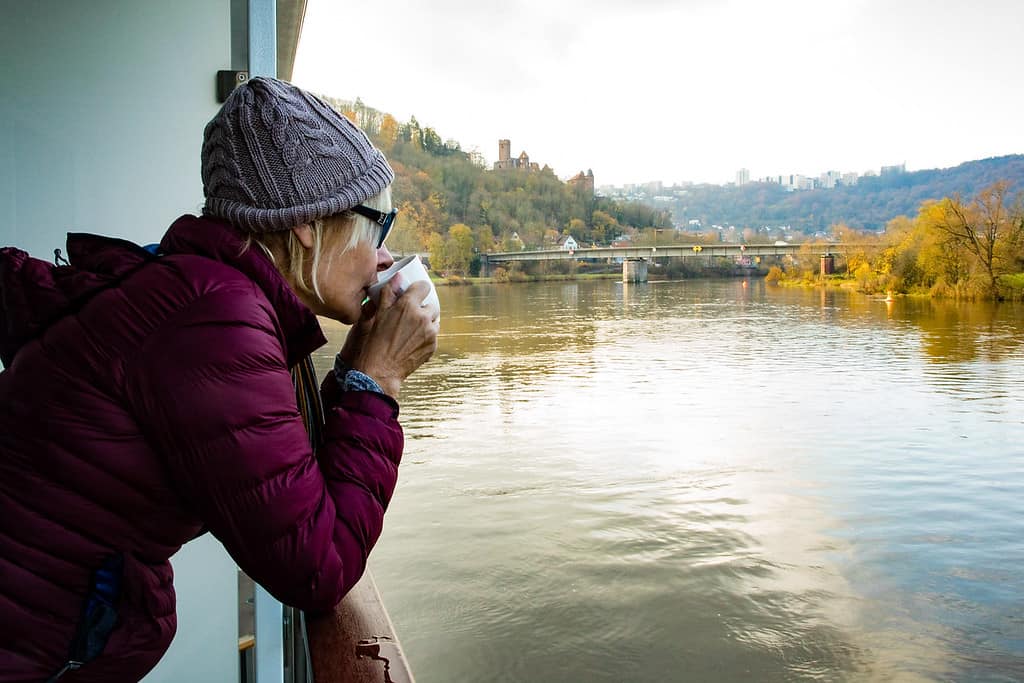Last Updated on February 6, 2024 by Sarah Wilson

While reading up about Malta and our new home in the Three Cities, it was impossible not to hear about the revered statue of Jesus the Redeemer at Senglea Basilica. The statue dates back to the early 1700s and attracts many locals from around Malta who come to pray and ask to be cured of illnesses.
Neither Jonathan nor I are religious in any way, but we are both interested in religion from an anthropologist’s point of view. Many of our travel adventures seem to find us in churches, temples, mosques or synagogues.
So, we were on an evening stroll heading towards the local wine festival, when we found ourselves amongst a vast crowd outside the large Basilica in Senglea.
The Senglea Basilica
The Basilica of Senglea is dedicated to ‘Our Lady of Victories’ and is believed to have been built in 1580 to commemorate the Great Siege of 1565. You’ll hear a lot of references to the Great Siege during your trip to Malta.

The Basilica was consecrated in 1743 but destroyed during an air-raid in January 1941. The church that stands today was rebuilt in 1956. It was given the title of Basilica in 1921 by Pope Benedict XV.
Wondering what was drawing the crowds, we peeked inside the church. It was standing room only, which explains why so many were outside listening to the evening mass over loudspeakers.

“Are you here for the procession?” an elderly lady, wearing her Sunday best, asked.
“Er, yes,” we replied, not knowing what was she was talking about.
See also:
- Our Valletta, Malta Travel Guide
- Senglea – One Of The Three Cities of Malta
- Visit Comino Island And Blue Lagoon in Malta
- How To Visit the Hagar Qim and Mnajdra Temples in Malta
- Why You Should Visit The Mosta Dome In Malta
The religious procession was the Feast of Vows. The Statue of Jesus the Redeemer is only brought out three times a year; this was one of those days!

The statue also makes an appearance on Good Friday and during Lent and is occasionally lent to other towns across the island.
What Is The Feast Of Vows?
In 1813, the plague spread through Malta killing 1000s. A solemn vow was made by the clergy and the local people of Senglea that if the disease did not affect them, then a procession of devotion would be held every June on the third Sunday after Pentecost forever. Well, God was apparently listening as the plague did not breach the walled city of Senglea, and the processions have taken place ever since. This procession is now known as the Feast of Vows.

What Happens At The Feast Of Vows?
Hundreds gather inside and outside Senglea Basilica. After the evening mass that takes place at 6 pm, the church doors open and led by the Archbishop and a large number of clergymen in their most elegant vestments and carrying crosses, the slow procession through the streets of Senglea begins.
At the back of the church procession, several men dressed in white sway rhythmically as they carry the statue of Jesus the Redeemer on their shoulders.
As they make their way through the small town of Senglea, hundreds if not thousands of locals and churchgoers followed the procession as it wound its way around the city streets, before arriving back at the Basilica.
The Hooded Characters

Amongst the procession were several hooded characters. They walked barefoot, their heads and faces completely covered except for two eye holes. This outfit is an old tradition and a show of penance or possibly that the person was shy about participating in the procession and wished to remain anonymous. The hood they are wearing is called a “cappuccino.” Yes, like the coffee, you can look it up.
During The Second World War
Senglea, being so close to the Dockyard, was a prime target during the Second World War and the locals were worried that if the church was hit, then the statues of Jesus the Redeemer and Maria Bambina would be destroyed.
Well, during heavy bombing in January 1941, the church was severely damaged, but somehow the statues survived and were taken to the St Helen’s collegiate church in Birkirkara for safekeeping. The icons were returned to Senglea on July 9, 1944, after stopping briefly at the church of Christ the King in Paola for three days of prayers and special services.

And If You Were Wondering
Yes, despite having been distracted by the procession and joining in the traditional festivities of our new home, we did make it to the Wine Festival. Maltese wine is quite pleasant, but that’s a story for another day.








Very interesting article! I’m not religious either but like visiting churches to notice the interior decoration. The procession sounds like a unique event to participate in, lucky you bumped into it. Wish you all the best for settling in your new home!
This was a very informative and interesting read, thank you for sharing!
What an ornate basilica! I’m glad to read that these treasures survived World War II. So many valuables and relics were hidden during the war, or moved as these were. These are really works of art.
So fascinating, and how amazing you were there at the right time to enjoy the procession. Thank you for sharing the history of it. I’ve not been to Malta myself, but I feel you took me along with you for a moment. Thank you.
We are not particularly religious either. But we too find the beauty and history of religious sites to be fascinating. How interesting to be there on one of the three days when you could witness the Feast of Vows procession. Definitely worth stopping on your way to the Wine Festival.
This is such an interesting procession. Every summer in Sicily, they’ve something similar but not for the same feast of course! Cappuccino probably comes from the Italian ‘cappuccio’ meaning hood. Makes sense to me!